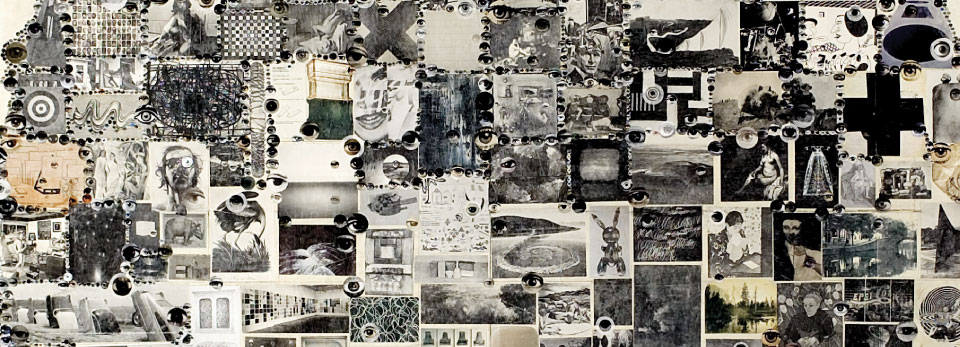


The works of Cuban artist Roberto Diago are made from scraps and found materials from his own neighborhood and others on the outskirts of cities like Havana. In his hands, the scrap metal, wood, and fabrics he finds become massive images that are both captivating and haunting. Black faces, with eyes like masks, stare out at the viewer, often with distorted or jagged limbs looking as if they’d been taken from other bodies. The earth tones surrounding these faces only serve to accent how dark and foreboding they seem. There’s an unsettling sense of absence or displacement in these figures that’s hard to ignore, especially given the typical size of one of Diago’s works.
These creations are part of a new exhibit at the Halsey Institute of Contemporary Art at the College of Charleston, La Historia Recordada. The exhibit is the centerpiece of a semester-long, campus-wide interdisciplinary project called Cuba en el Horizonte, which includes classes and activities surrounding Cuban culture, politics, history, economics, and its future.
READ THE FULL STORY [+]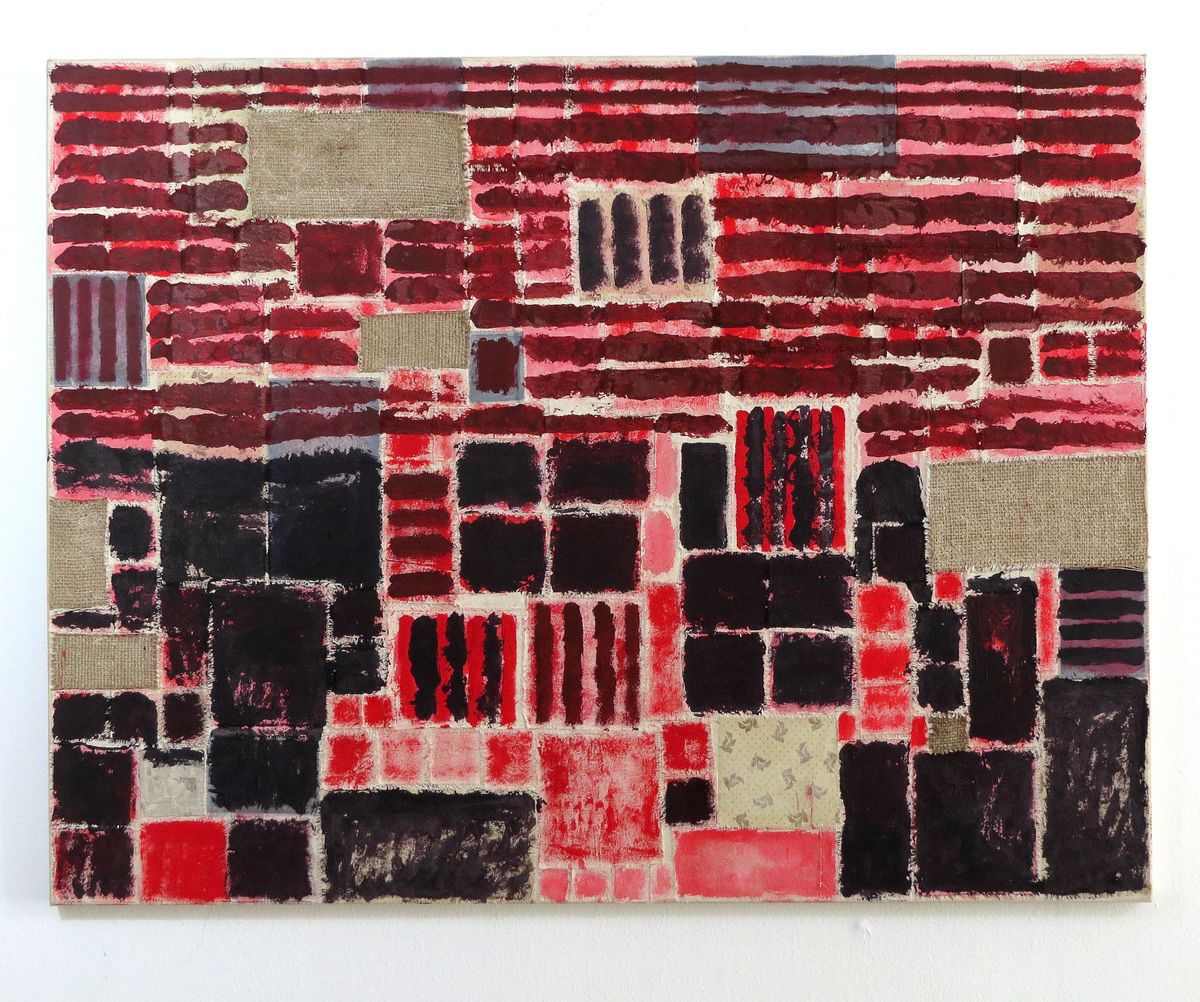
He is one of Cuba’s most famous artists.
Juan Roberto Diago Durruthy, who usually goes by Roberto Diago, or simply Diago, makes paintings, sculptures, installations, mixed-media pieces and more. His work has been featured at two Venice art biennials, and he is represented in New York City by Magnan Metz Gallery.
And now Charleston-area residents and visitors will have a chance to see Diago’s work, which will be exhibited Jan. 19 through March 3. The show, called “La Historia Recordada,” will feature art, lectures and films. It runs concurrently with the College of Charleston’s campus-wide project called “Cuba en el Horizonte” (“Cuba on the Horizon”), an interdisciplinary project that includes art shows, movie screenings, lectures, courses, newly penned essays and performances.
READ THE FULL STORY [+]
Climb aboard a WWII aircraft carrier. Uncover the history of the H.L. Hunley. Take a visit to America’s first museum. Whether you’re interested in art, science, manuscripts or fossils, Charleston has the perfect museum just waiting to be explored. Scroll through to check out 8 must-see museums in the Lowcountry.
The Halsey Institute of Contemporary Art at the College of Charleston features two interlinked museum quality exhibition spaces showcasing numerous works of art by emerging artists. The Institute also hosts a year-round schedule of screenings, panels, lectures and exhibitions.
READ THE FULL STORY [+]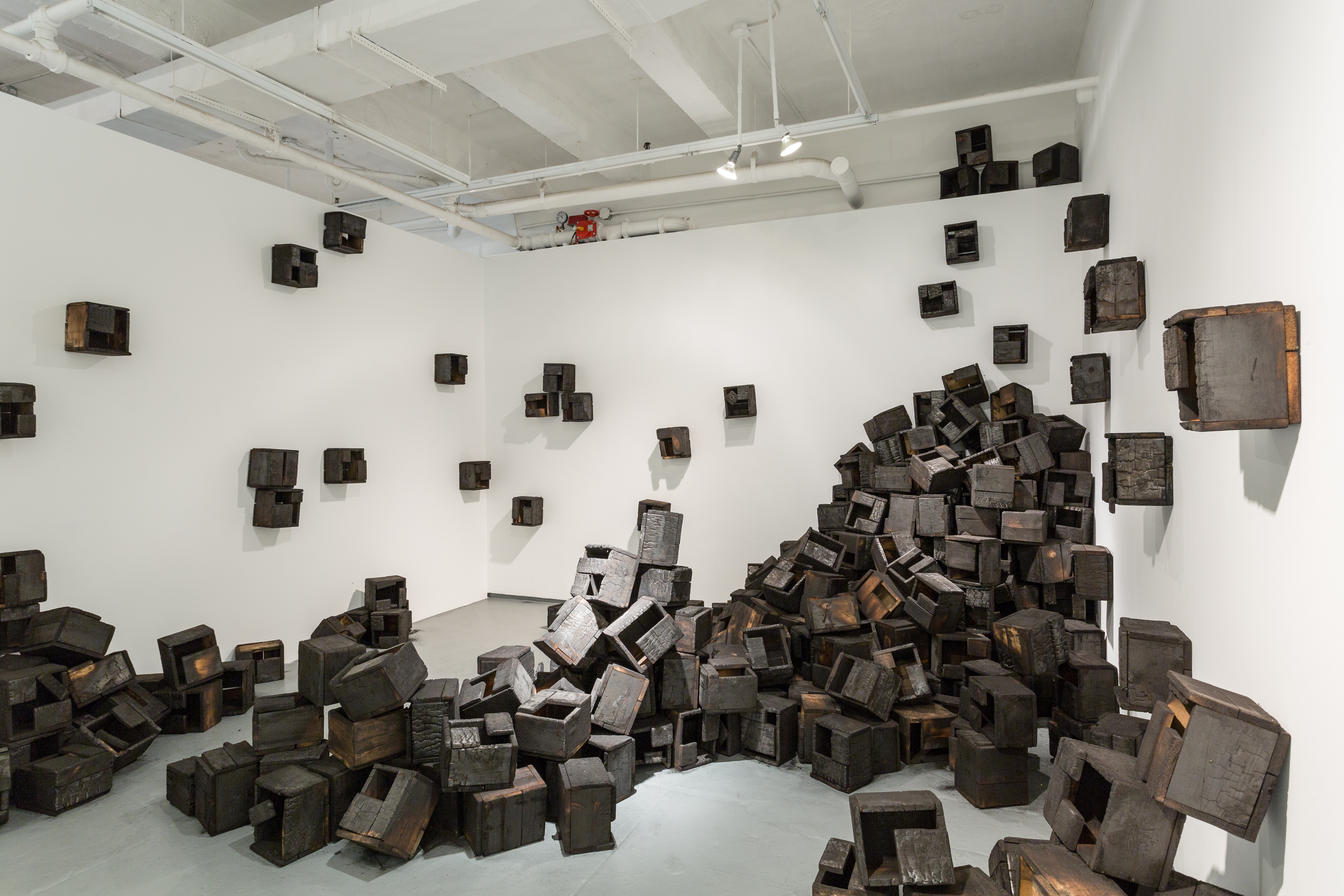
Last summer, CofC’s Halsey Institute of Contemporary Art received a $15,000 NEA grant for its upcoming exhibit, La Historia Recordada, featuring the work of Afro-Cuban artist Roberto Diago. The exhibit is part of a campus-wide interdisciplinary project, Cuba en el Horizonte, which introduces the community to Cuban film, art, music, and more this spring. The Halsey unveils Diago’s exhibit on Fri. Jan. 19, with an opening reception from 6:30-8 p.m.
Diago’s work is often a direct criticism of racism in Cuba, exploring the roots and role of slavery in Cuban history and culture. This summer Halsey director and chief curator Mark Sloan commented on Diago’s upcoming exhibit, “He is among the most prominent contemporary artists in Cuba, and an emerging voice on the global stage. We have a long history of introducing artists like this to the Charleston community.”
Diago uses found materials — wood, metal, textiles — from Havana neighborhoods near his home and studio. According to a press release, “Diago tracks a lineage of painterly abstraction and other forms in modern Cuban art, condensing them into a body of work that explores the vestiges of slavery and segregation in contemporary Cuban life.”
READ THE FULL STORY [+]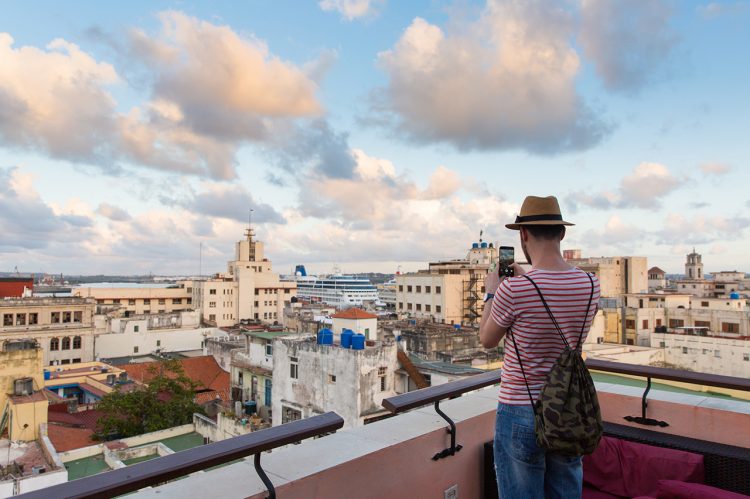
Beginning in January 2018, the College of Charleston will embark on an ambitious interdisciplinary project devoted to the fascinating and complex island nation of Cuba, which, while located just 90 miles off the coast of Florida, remains something of a mystery to most Americans.
Cuba en el Horizonte will examine the communist country’s history, politics, economy, culture and art. The campus-wide initiative comes as Cuba finds itself at a crossroads following last year’s death of former president Fidel Castro and ongoing uncertainty regarding the future of U.S.-Cuba relations.
The project was organized by Sylvia Gamboa, assistant professor emerita in the Department of English, who returned to CofC as a volunteer scholar-in-residence for the purpose of putting together the many elements of the project. Over the past three years of planning for the project, Cuba itself has undergone many changes, Gamboa says.
READ THE FULL STORY [+]
Beginning in January 2018, the College of Charleston will embark on an ambitious interdisciplinary project devoted to the fascinating and complex island nation of Cuba, which, while located just 90 miles off the coast of Florida, remains something of a mystery to most Americans.
Cuba en el Horizonte will examine the communist country’s history, politics, economy, culture and art. The campus-wide initiative comes as Cuba finds itself at a crossroads following last year’s death of former president Fidel Castro and ongoing uncertainty regarding the future of U.S.-Cuba relations.
The project was organized by Sylvia Gamboa, assistant professor emerita in the Department of English, who returned to CofC as a volunteer scholar-in-residence for the purpose of putting together the many elements of the project. Over the past three years of planning for the project, Cuba itself has undergone many changes, Gamboa says.
READ THE FULL STORY [+]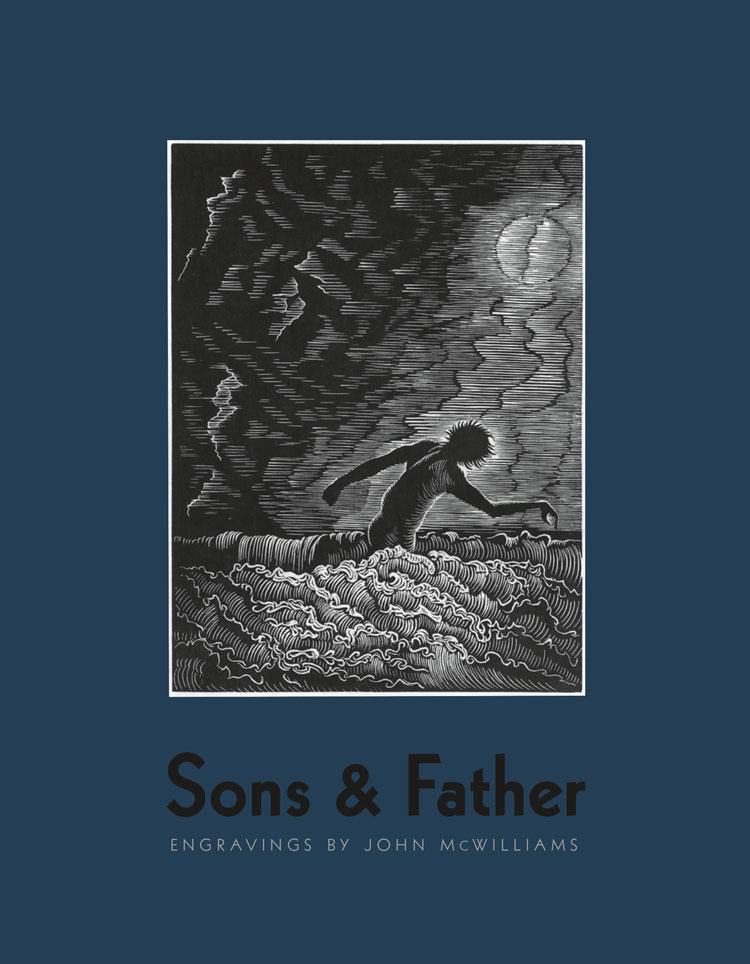
The Halsey Institute of Contemporary Art won the top award in the Fine Art Press category of the 33rd annual Mary Ellen LoPresti Publication Award Competition, administered by The Art Libraries Society of North America.
The prize-winning book is “Sons & Father: Engravings by John McWilliams,” which was produced to accompany a 2016 exhibition of McWilliams’ work.
The Halsey Institute collaborated with Horse & Buggy Press to produce a limited edition of 200 copies. The first 26 copies feature handmade paper covers accompanied by a standalone woodblock print by McWilliams, an artist based in McClellanville.
READ THE FULL STORY [+]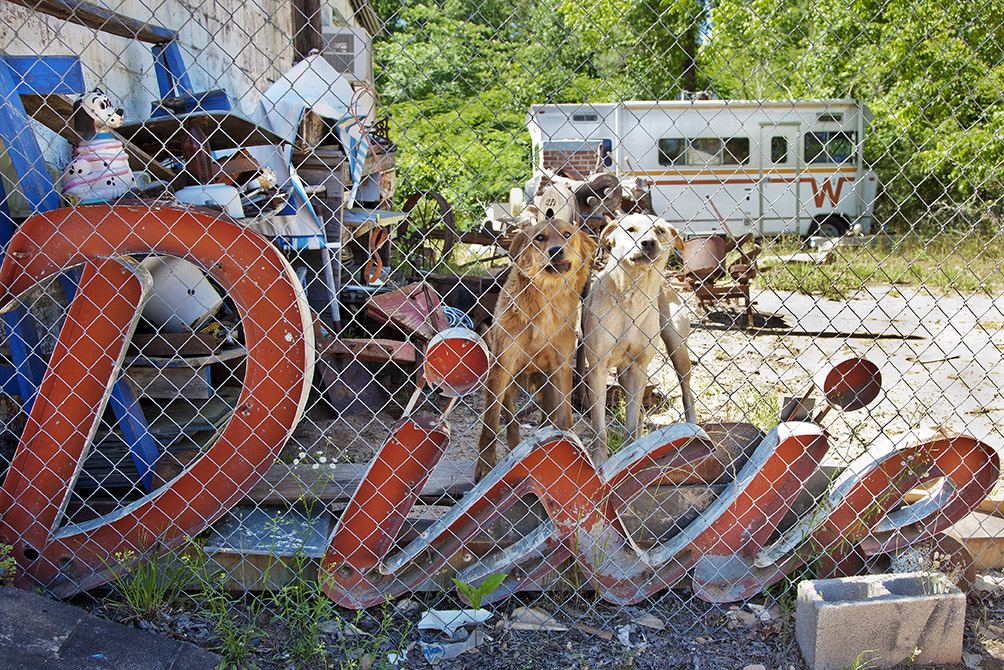
Mark your calendars now for October 19th, 2018, to attend the opening of SOUTHBOUND: Photographs of and about the New South, at the Halsey Institute of Contemporary Art and the City Gallery at Waterfront Park, in downtown Charleston.
This will be an exceptional — and exceptionally important — group show, featuring the work of 56 photographers who are either Southerners or who have had, in the words of the show’s organizers, “a sustained engagement with the South.”
Each of the photographers will be represented by four photographs, for a total of 220 photographs in the joint show.
READ THE FULL STORY [+]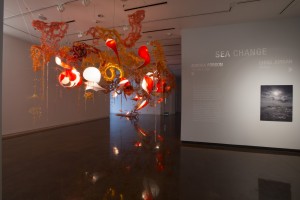
While conducting student and teacher workshops at the College of Charleston this week, I was invited by Allison, a biology professor, to attend an art exhibit sponsored by the Halsey Institute and the South Carolina Aquarium entitled: Sea Change. Lizz, the enthusiastic Manager of Outreach and Engagement, showed us around the exhibit showcasing the work of two extraordinary artists: Chris Jordan and Aurora Robson whose works focus on the intersection of art, science and environmental activism. They both use art to provoke thinking and conversations about the state of our environment.
READ THE FULL STORY [+]
A new book chronicles the past two decades of Fahamu Pecou’s rise to international art world fame, as well as his own personal and artistic evolutions.
The book’s title, “Visible Man,” is more than a passing reference to Ralph Ellison’s 1952 novel, “Invisible Man.” On “City Lights,” Pecou said the title is “a way of connecting past and present.” In his paintings, performance art and more, Pecou meditates on Black masculinity and the representation of Black bodies.
“What I’ve been working towards … is rendering the Black body visible, exposing the humanity in Black masculinity,” he said.
“Visible Man” is published by the Halsey Institute of Contemporary Art and is available now.
READ THE FULL STORY [+]